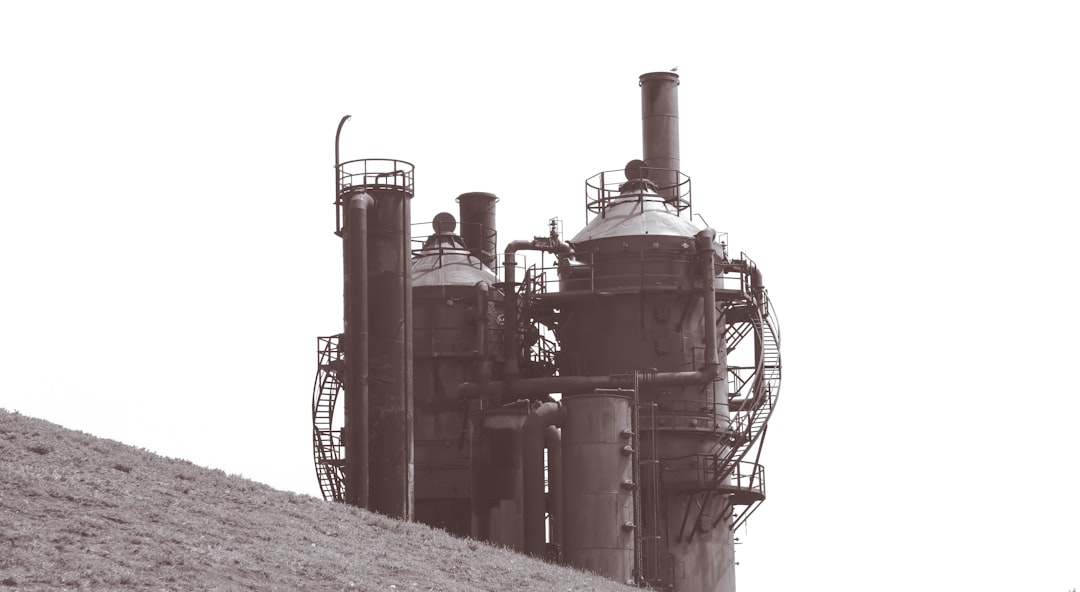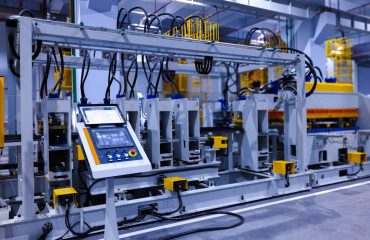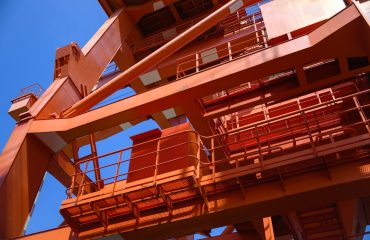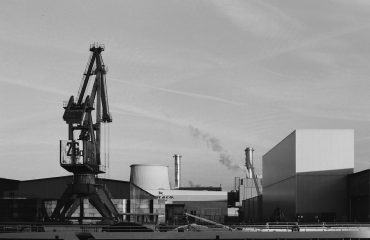Cogeneration systems, also known as combined heat and power (CHP) systems, offer a highly efficient way to generate both electricity and useful heat from a single fuel source. These systems are crucial for improving energy efficiency and reducing environmental impact across various industries. However, the performance and longevity of these systems heavily rely on the choice and application of materials, with steel playing a pivotal role. This post delves into the critical aspects of steel selection and its impact on the efficiency and lifespan of cogeneration plants.
1. Selecting the Right Steel Grade for Cogeneration Applications
The selection of appropriate steel grades for cogeneration systems is paramount. The choice depends on several factors, including operating temperature, pressure, corrosive environment, and the specific component’s function. Commonly used steel grades include:
- Carbon Steels: While cost-effective, their suitability is limited to lower-temperature applications due to reduced strength at elevated temperatures. They are often used in less demanding parts of the system.
- Low Alloy Steels: These offer improved strength and creep resistance compared to carbon steels, making them suitable for higher-temperature components. Alloying elements like chromium, molybdenum, and vanadium enhance their performance.
- Stainless Steels: Excellent corrosion resistance makes stainless steels ideal for components exposed to aggressive environments, such as boiler tubes and heat exchangers. Austenitic stainless steels (like 304 and 316) are popular choices, while ferritic and martensitic grades offer enhanced strength at higher temperatures.
- Heat-Resistant Steels: For high-temperature applications like boiler tubes and superheaters, specialized heat-resistant steels are necessary. These alloys, often containing chromium, molybdenum, and other elements, maintain strength and prevent creep even at extreme temperatures.
Careful consideration of the specific operating conditions is essential to select the optimal steel grade that balances performance, cost, and lifespan.
2. Corrosion Resistance: A Critical Factor in Steel Selection
Cogeneration systems often operate in harsh environments, exposing components to various corrosive agents like steam, water, combustion gases, and potentially even chemicals depending on the fuel source. Corrosion can significantly reduce the lifespan of components and compromise system efficiency. Therefore, corrosion resistance is a key factor in steel selection.
Stainless steels, particularly those with higher chromium content, offer excellent corrosion resistance. Protective coatings, such as paint or specialized linings, can further enhance corrosion resistance, especially for carbon and low-alloy steels in more aggressive environments. Regular inspection and maintenance are crucial to detect and mitigate corrosion early on.
3. High-Temperature Strength and Creep Resistance
Many components in cogeneration systems, especially those within the boiler and turbine sections, operate at high temperatures. At these temperatures, steel can experience creep, a time-dependent deformation under constant stress. Creep can lead to component failure and significantly reduce the system’s lifespan. Therefore, high-temperature strength and creep resistance are critical properties to consider.
Heat-resistant steels, specifically designed for high-temperature applications, exhibit superior creep resistance. These steels often contain molybdenum, vanadium, and other alloying elements that enhance their strength and resistance to creep at elevated temperatures. Proper design and stress analysis are also essential to minimize creep and ensure component longevity.
4. Manufacturing Considerations for Steel Components
The manufacturing process of steel components for cogeneration systems must ensure high precision and quality to meet stringent performance requirements. Techniques like forging, casting, rolling, and machining are employed depending on the component’s geometry and material properties.
Welding is frequently used to join different steel components. The selection of appropriate welding procedures and filler materials is crucial to ensure the weld’s integrity and strength. Non-destructive testing (NDT) methods, such as radiography and ultrasonic testing, are used to verify the quality of welds and detect potential defects.
5. Impact of Steel Selection on Overall Cogeneration System Efficiency
The choice of steel directly impacts the overall efficiency and lifespan of the cogeneration system. Using inappropriate steel grades can lead to premature component failure, increased maintenance costs, and reduced system efficiency. Selecting high-quality, corrosion-resistant, and high-temperature-resistant steels ensures optimal performance and longevity.
Furthermore, proper design and manufacturing practices, considering the thermal and mechanical stresses on each component, are vital to maximize the system’s efficiency and minimize energy losses. The selection of appropriate insulation materials also plays a significant role in minimizing heat loss and improving overall efficiency.
In conclusion, the selection and application of steel in cogeneration systems are critical for achieving high efficiency, reliability, and a long operational lifespan. Careful consideration of the operating conditions, material properties, and manufacturing processes is essential to ensure the successful and sustainable operation of these vital energy systems.




